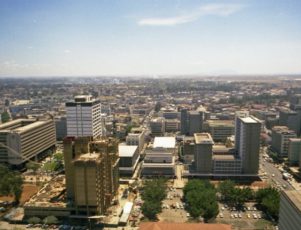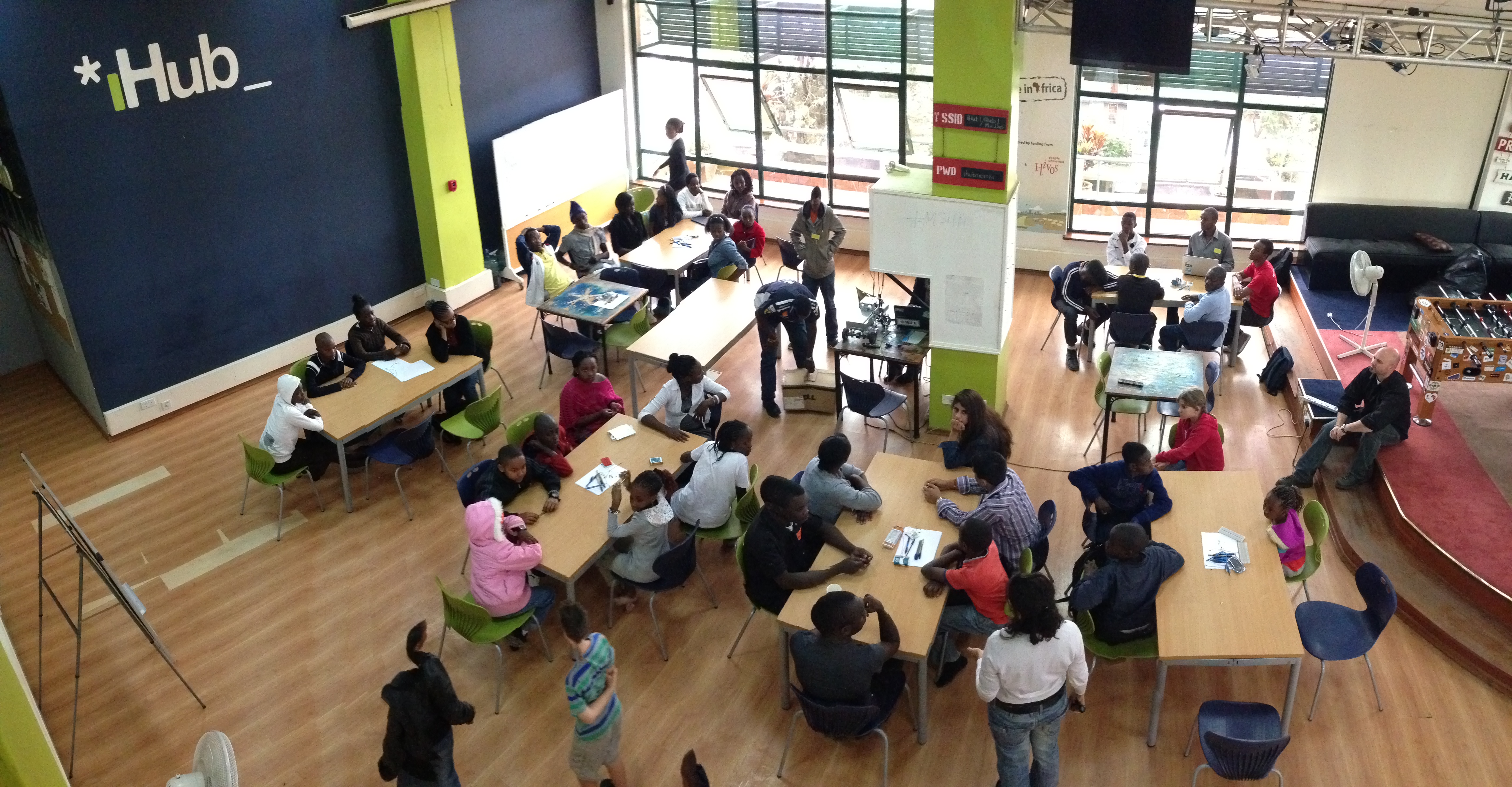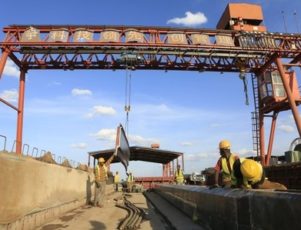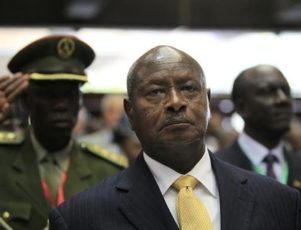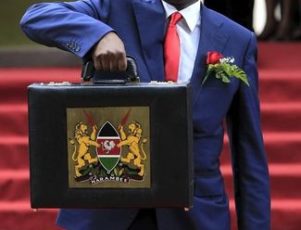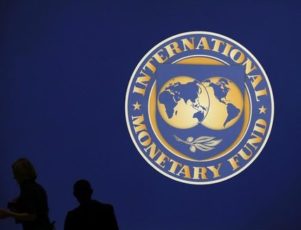Kenyan financial technology startup Weza Tele was acquired by AFB financial group for $1.7 million, the first and largest acquisition of a tech startup in Kenya.
The startup-acquisition cycle is every Silicon Valley entrepreneur’s dream: a tiny idea that results in a multi-million dollar payout when a corporation recognizes the genius of your small-but-wildly-successful company. WhatsApp, the seemingly simple messaging service used around the world, was bought by Facebook for $19 billion; Skype, the Star Trek-like video calling system millennials had been dreaming of since childhood, was bought by Microsoft for $8.5 billion; and Clementine, an app that allows users to make conference calls without being tied to a cell phone, was bought by Dropbox for $100 million after less than one year on the market. In tech-intensive countries, these stories are hardly noteworthy because as soon as a new startup emerges, rumors abound regarding which major company will buy it.
This is not the case for countries like Kenya, where the startup industry is truly only starting up. In fact, the first-ever acquisition of a startup by a major company occurred in mid-2015 when AFB, the consumer finance group based in Ghana, purchased the Kenyan startup Weza Tele for $1.7 million.
A True Start Up
Weza Tele is truly the byproduct of the 21st century competitive yet collective experience: Weza Tele was created at Nailab, a co-working space that provides 3-6 month internships for budding entrepreneurs, and launched at DEMO Africa, a conference that hand picks innovative products and services from around Africa, in 2014. Weza Tele was founded by Hilda Moraa, Sam Kitonyi and Newton Kitonga and is “a leading provider of innovative value added mobility solutions in commerce, supply chain and distribution, and mobile payment options” available not only in Kenya, but also across Nigeria, Tanzania and Zimbabwe.
Weza Tela has two major existing business solutions: MyOrder, which makes supply chains for small and medium distributors transparent and gives greater visibility to individual manufacturers, and Odoo, which is a website-building application that provides a suite of add-ons including SMS ordering. In addition, Weza Tela offers services to streamline businesses’ SMS-ordering processes and can be hired for consulting services. Frost & Sullivan, the entrepreneurial company who awarded Weza Tele with its 2014 Entrepreneurial Company of the Year, said that “Weza Tele has excelled in an untapped market by tailoring flexible solutions for small scale supply chain sector. It offers cost-effective solutions to address the challenges faced by SMEs in the supply chain industry and provides valuable tools to drive their sales and marketing.”
Selling Out Encourages Others to Buy In
After its 2014 launch at DEMO Africa, Weza Tela was met with major success, and purchased by AFB just one year later. AFB “provides credit access to customers in Africa through a range of financial products, including mobile loans and retail credit cards.” Launched in Ghana in 2010, AFB now operates in Kenya as well as Tanzania and has more than 400 retail partners. By purchasing Weza Tela, AFB will be able to get its foot in the door of markets in Nigeria and Zimbabwe.
This landmark acquisition, says Jessica Colaco (director of partnerships and community at iHub), is “history in the making as it opens doors for growing startups in this ecosystem. The Weza Tela team are a lighthouse for others in the Kenyan startup ecosystem” and will encourage others to continue working towards their goal. AFB’s purchase shows Africans that major, multi-national companies have confidence in homegrown ideas.
A Vote of Confidence for Homegrown Ideas
Weza Tele has promised customers that the transition will be seamless and services will not be interrupted. Should this transition go as planned, big things may be looming on the startup horizons for Kenya and beyond.
By demonstrating their confidence in Weza Tele through a massive purchase, AFB is not only showing young entrepreneurs that their ideas have value and may result in a big payday, but demonstrating to Africans in general that they do not need to rely on outside ideas to move their countries forward. If large financial institutions are willing to take the risk on relatively young startups, then perhaps more ideas will come to fruition through co-working spaces and conferences meant to showcase and launch the best and brightest.
Encouraging young leaders to create their own solutions to local problems is of the utmost importance for any community, particularly one that has had been so directly and heavily influenced by outside forces for centuries. It is ideas like those behind Weza Tele that show a deep understanding of the needs of local businesses. Hopefully, Weza Tele’s success story is just the first chapter for Kenyan technological innovation.


